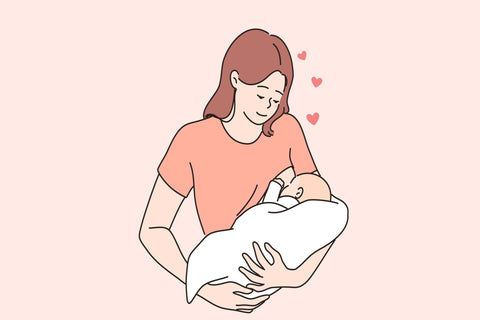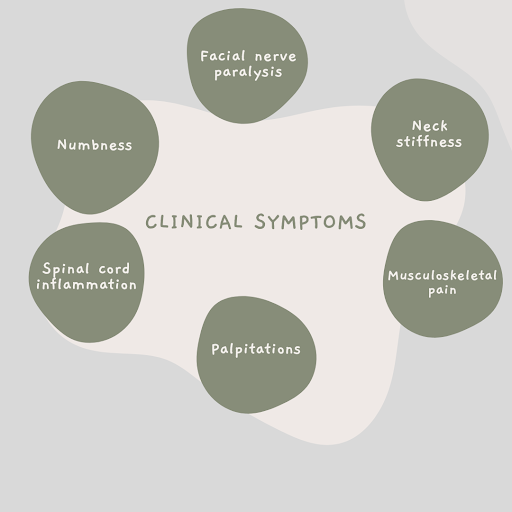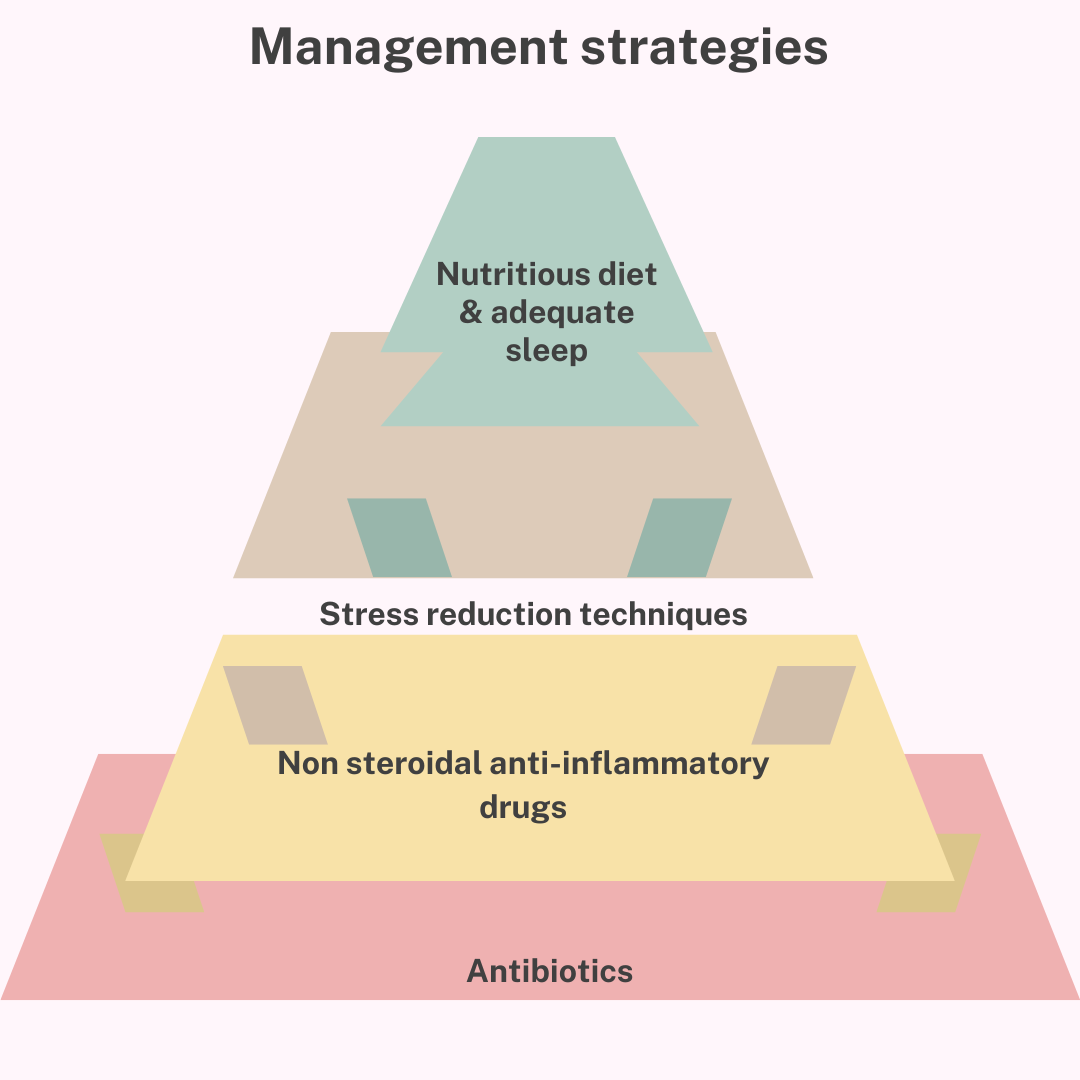
Lyme disease is a bacterial infection that can be associated with treatment challenges, particularly in breastfeeding moms. The fear of transmission of infection serves as a predominant challenge. But here is the happy news: moms can continue breastfeeding along with the treatment of Lyme disease. In this blog, we will explore the facts and discuss how tick-borne infection can be managed in a breastfeeding mom.
Can Lyme disease be transmitted through breastfeeding?
There is no evidence of Lyme disease transmission through breast milk. The infection is spread among humans through tick bites. The antibiotics can be prescribed for affected mothers to manage the clinical symptoms of Lyme disease. Most of the antibiotics are considered safe during lactation.
Usually, mothers who are taking doxycycline are advised to stop breastfeeding. But this is not essential. About 20% of the doxycycline binds to calcium in the milk. Hence, it will not be absorbed in the body of the baby.
Through breast milk, the baby is receiving immune substances, such as lysozyme and lactoferrin, that help fight against microbes. Antibodies can form a barrier on the mucous membrane that prevents the entry of microorganisms. Mostly, the clinical symptoms appear within 7-14 days from the start of infection.
What are the clinical symptoms of Lyme disease in a breastfeeding mom?
The clinical symptoms of Lyme disease can vary, depending on the stage of the disease. In early stages, clinical symptoms can appear within 30 days after the tick bite. Erythema migrans or skin rashes can appear at the site of the tick bite. Gradually, the lesion can expand and increase in size. In later stages, the clinical symptoms comprise
- Facial nerve paralysis
- Neck stiffness
- Musculoskeletal pain
- Palpitations
- Inflammation of spinal cord
- Numbness or tingling sensation

What are the treatment options available for managing Lyme disease in a breastfeeding mom?
Certain antibiotics are considered safe for breastfeeding mothers. Cephalosporins (cefuroxime) are considered safe to use in breastfeeding moms. Side effects, such as thrush, diarrhea, etc have been reported in response to these medicines. Amoxicillin is also considered safe for breastfeeding mothers.

Over the counter medications can be used to manage the symptoms, such as musculoskeletal pain. Apart from antibiotic therapy, supportive measures can help in managing the symptoms.
Breastfeeding mothers will be deprived of sleep. It is important to ensure proper rest and adequate sleep. Mothers should consume a balanced diet, which is rich in vegetables, fruits, and whole grains. The stress levels can be managed through support groups, open communication, and counseling.
What are the diagnostic tools used to detect Lyme disease in a breastfeeding mom?
The diagnosis of Lyme disease includes clinical examination, medical history, and serological tests. Initially, the doctor can check for the clinical symptoms. Erythema migrans, or skin rashes can appear at the site of tick bite. If there is joint pain, or weakness, further monitoring should be done.
Enzyme linked immunosorbent assay (ELISA) helps in detecting the antibodies (IgG and IgM) against the bacteria. If ELISA is positive, the Western blot test must be also performed. This test helps in confirming the results by detecting the specific proteins against the bacteria. Polymerase chain reaction (PCR) testing of cerebrospinal fluid can help in identifying the bacterial DNA.
How to stay protected from tick bites?
Avoiding tick bites is the best measure for preventing Lyme disease and other tick-borne infections. Mostly, ticks are found in wooded, grassy, and bushy fields. Mom should spend less time outside and should take necessary precautions. Long sleeves, pants, and shoes can provide protection from tick bites. Light clothes can help in detecting the ticks easily. EPA-approved insect repellents (DEET) can prevent the attack. Permethrin is an insecticide that kills the ticks on contact with the skin surface.
A thorough body check-up must be performed to inspect for ticks. Typical sites, such as the groin area, scalp, armpits, and waistline must be carefully inspected. If caught, ticks must be removed within 24 hours to reduce the risk of infection. It is also important to take a bath after spending time outside.
Is it safe to use insect repellents while breastfeeding?
Insect repellents are lotions or sprays that can be applied on the skin or clothing to reduce the chances of insect bites. It should not be applied to the nipple area. Generally, insect repellents are considered safe during pregnancy.
- DEET (N,N-diethyl -meta-toluamide): A 15-30% preparation of DEET provides protection from tick bites for 6-12 hours
- Picaridin is another effective insect repellent that is considered safe during breastfeeding.
- 7.5% of IR3535 can provide protection from tick bites for several hours.
- A 30% preparation of PMD (oil of lemon eucalyptus) can work against ticks and provide protection for 6 hours.
Should breastfeeding be paused if intravenous antibiotics are required for Lyme disease?
In most cases, there is no need to stop breastfeeding for administering antibiotics. IV administration of ceftriaxone is considered safe during breastfeeding. Only a lesser amount of the drug is passed through breast milk. Earlier, tetracyclines were contraindicated during breastfeeding. These antibiotics can cause staining on the tooth surface. If tetracyclines were administered for a short duration, staining didn’t appear.
Conclusion:
- Lyme disease serves as a chronic diagnosis for mothers, especially during lactation.
- Timely diagnosis, antibiotic treatment, and supportive care can help breastfeeding moms to recover from infection.
- Antibiotics, such as cefuroxime or doxycyline can be used to manage the symptoms of Lyme disease in breastfeeding mothers.
Ready to explore a new path to recovery? Join Lyme Support Network Community
References:
- Centers for Disease Control and Prevention. Lyme Disease and Breastfeeding. In: Breastfeeding Special Circumstances [Internet]. Atlanta (GA): Centers for Disease Control and Prevention; updated 18 Dec 2023 [cited 2025 Jul 18]. Available from: https://www.cdc.gov/breastfeeding-special-circumstances/hcp/illnesses-conditions/lyme-disease.html
- La Leche League International. Lyme Disease & Breastfeeding. Peabody (MA): La Leche League International; n.d. [cited 2025 Jul 18]. Available from: https://llli.org/news/lyme-disease-breastfeeding-2/
- Centers for Disease Control and Prevention. Signs and symptoms of untreated Lyme disease. In: Lyme Disease [Internet]. Atlanta (GA): Centers for Disease Control and Prevention; updated 15 May 2024 [cited 2025 Jul 18]. Available from: https://www.cdc.gov/lyme/signs-symptoms/index.html
- Globally Me Alliance. Lyme disease during pregnancy [Internet]. n.d. [cited 2025 Jul 18]. Available from: https://www.globallymealliance.org/blog/lyme-disease-during-pregnancy
- Breastfeeding Network. Antibiotics and Breastfeeding [Internet]. Edinburgh: Breastfeeding Network; 2022 Mar [cited 2025 Jul 18]. Available from: https://www.breastfeedingnetwork.org.uk/factsheet/antibiotics/







